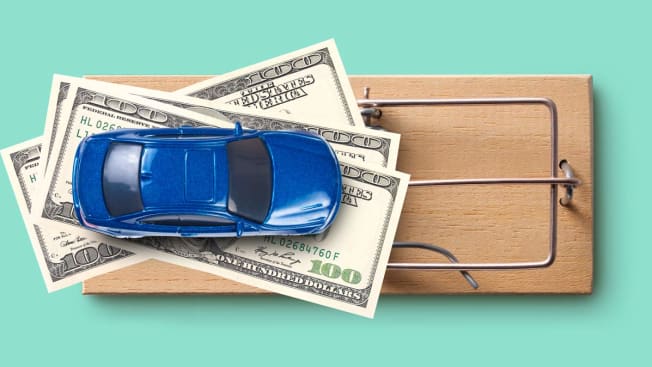A New Lending Law Could Protect Car Buyers From High Fees
In Illinois, changes to the way the cost of a loan is calculated could end unfair car dealer practices and serve as a model for the rest of the country

A new Illinois law aimed at reining in payday and other high-interest lenders includes changes that have outraged the state’s auto lenders—but could add much-needed protection to car buyers.
That’s because the law, which went into effect this spring and is called the Illinois Predatory Loan Prevention Act, caps the rate of many consumer loans at an annual percentage rate of 36 percent.
That may seem high, but it is actually lower than what some car buyers, especially those with poor credit, now pay after you factor in add-on fees such as a service contract and optional insurance coverage. That’s what the new law—the first of its kind in the U.S.—tries to address, by requiring lenders to include those costs when calculating the APR for loans.
How the Cap Works
Lenders have been required to disclose the cost of their loans—including the interest rates and finance charges, expressed together as an APR—since the 1960s, when Congress passed the Truth in Lending Act.
But they could still exclude the cost of “credit related” products such as vehicle service contracts and gap insurance—which covers the difference between the amount you owe and what your insurance pays if the vehicle is stolen or damaged—from the finance charge. Doing so produces a lower APR than the Illinois law calculation would.
The new Illinois law is patterned after the federal Military Lending Act, which Congress passed in 2006. It created an “all in” APR capped at 36 percent for loans taken out by active-duty service members.
But because the MLA doesn’t cover car purchases, dealers in Illinois were surprised to learn that the state’s 36 percent cap included car financing as well.
Although it’s unclear how many consumers in Illinois might be protected by the new law, it’s easy to see how borrowers might benefit from it.
Say a consumer with a low credit score wants to buy a new Chevrolet Spark, and they find a dealer willing to let them finance it with a $17,000 loan. The terms include a $2,500 vehicle service contract and call for the loan to be repaid over six years, with a monthly payment of $500 per month, which works out to an APR of almost 29 percent.
But if the cost of the vehicle service contract is shifted to the finance charge, the APR jumps to over 36 percent, with the total cost of the car and loan reaching $36,000.
Major lenders have also been accused of running afoul of state interest rate caps by putting charges for products like gap insurance in the amount of the loan instead of the finance charge. In Massachusetts, the state’s attorney general in recent years has filed complaints against auto lenders, including Credit Acceptance Corporation, for allegedly financing loans that carried APRs in excess of the state’s cap by charging for ancillary products this way, according to documents reviewed by CR.
Credit Acceptance, which didn’t respond to a request for comment, has moved to dismiss the claims in court, though the case remains pending.
A bill in Congress set to be reintroduced would expand the 36 percent APR cap set under the Military Lending Act to all Americans but doesn’t include motor vehicle purchases. John Van Alst, an expert on auto lending at the National Consumer Law Center, says that it should—depending on how such a change would be drawn up.
“The devil’s always in the details,” he says. “So, certainly, you would not want such a cap that would preempt states from having a more effective cap.”
If a state wants to have a cap with a 20 percent or 25 percent cap, as some currently do, “you wouldn’t want the federal law to prevent them from doing so,” he says.
In the meantime, if you’re shopping for a car, keep in mind the total cost of the loan, not just its sticker price and the monthly payment. Consider the APR, and also take into consideration the length of the loan. The longer the loan, the more interest you’ll be paying over time, and the longer you’ll be upside down with the car worth less than the amount owed. Watch out for car-buying fees, too.
Know how much you can afford, and if possible, consider obtaining a loan from a bank or other financial institution before heading to the dealer, which typically marks up the interest rate to obtain a profit.
















